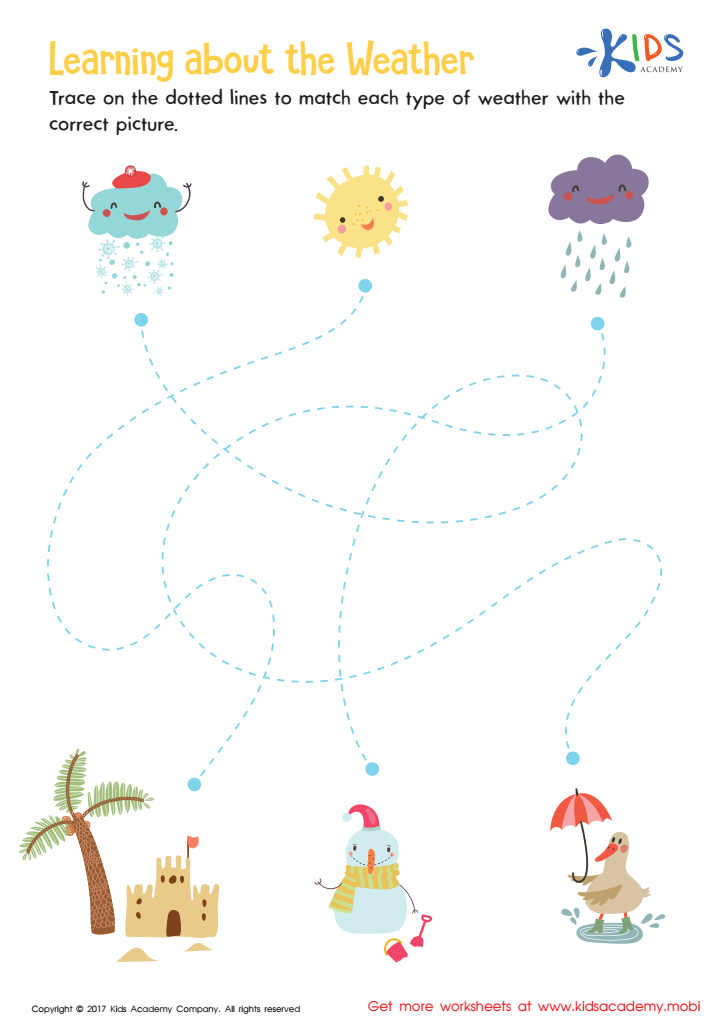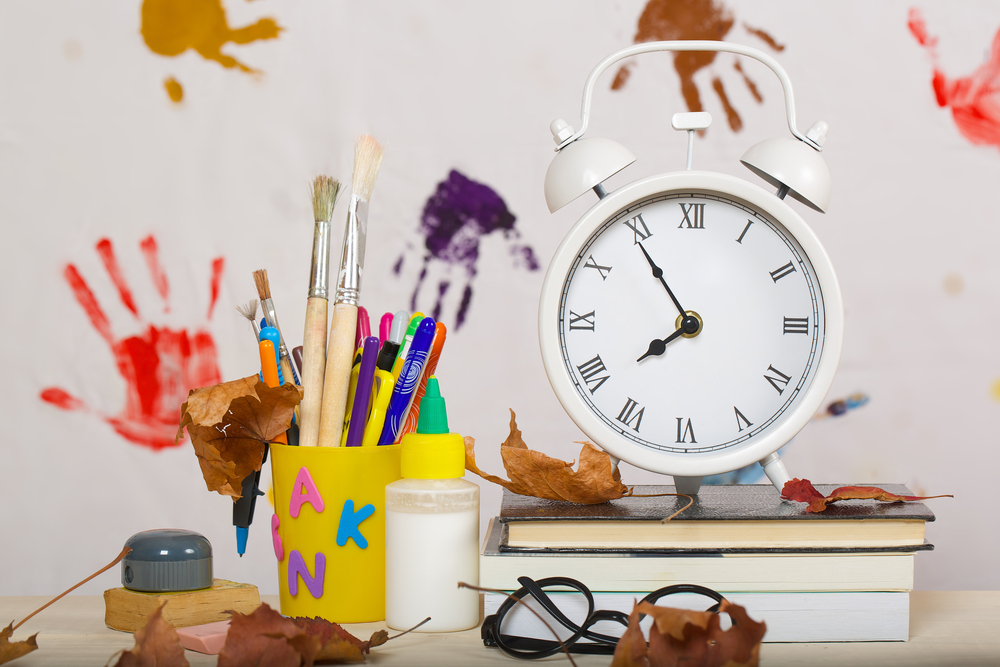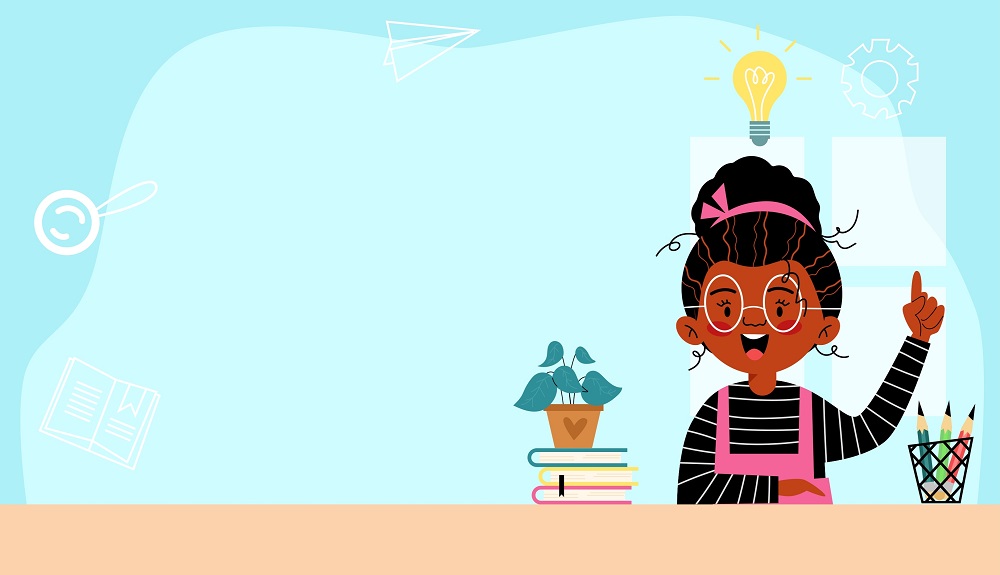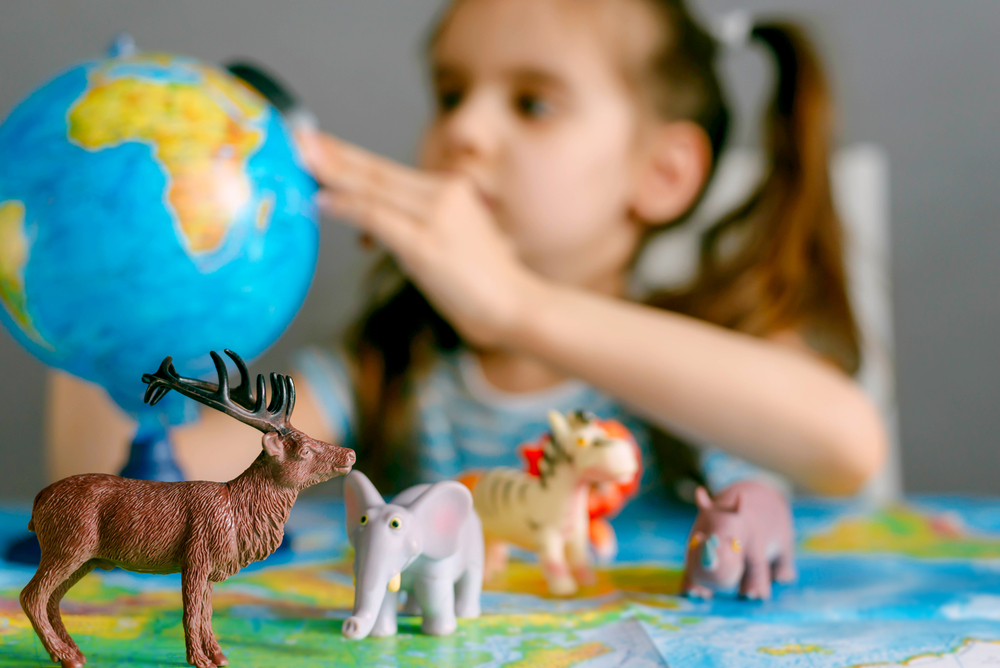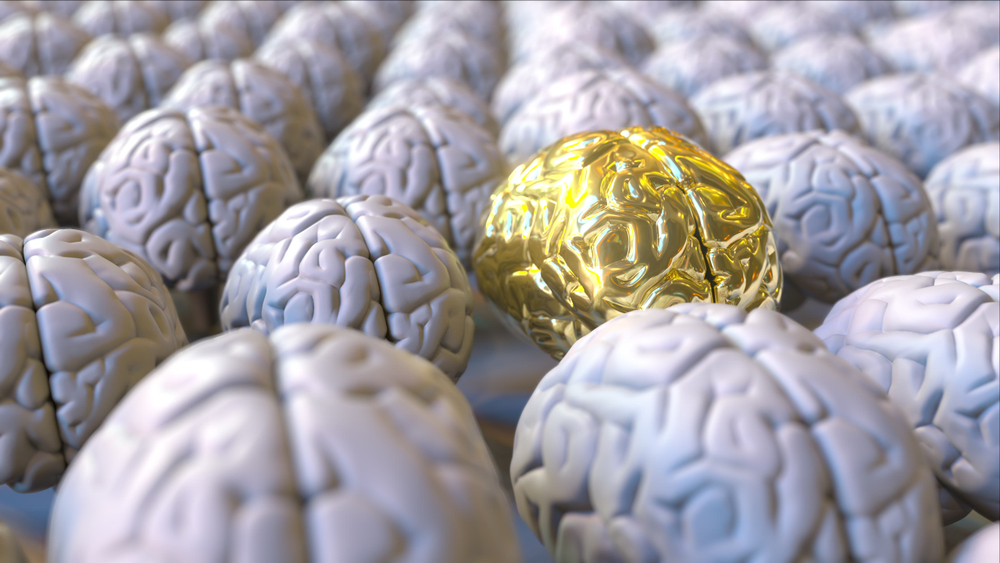Normal Matching worksheets activities for Ages 5-9
42 filtered results
-
From - To
Discover our engaging Normal Matching Worksheets designed for children ages 5-9, fostering essential logical thinking and cognitive skills! Perfect for early learners, these fun activities combine educational value with interactive challenges to keep kids entertained while enhancing their matching abilities. Each worksheet presents colorful illustrations and age-appropriate themes, encouraging kids to connect various objects, images, or concepts. As they work through the exercises, young learners improve their memory, concentration, and reasoning skills. Ideal for classroom or homeschool environments, our printable worksheets make learning enjoyable and rewarding. Start matching today and watch your child's confidence and skills soar!
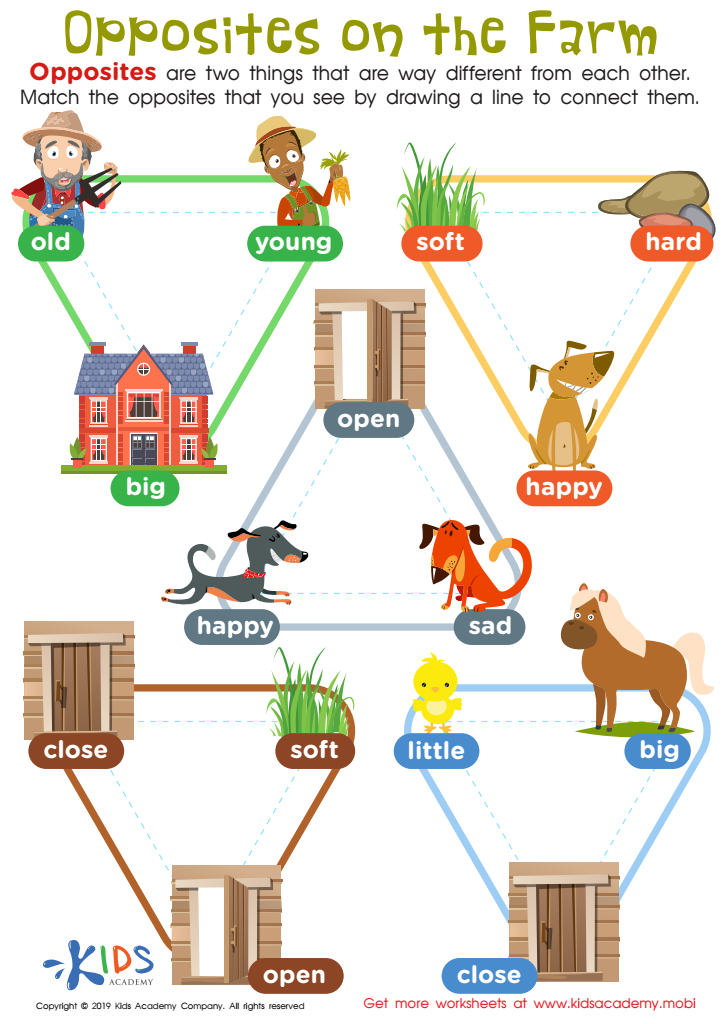

Opposites on the Farm Worksheet
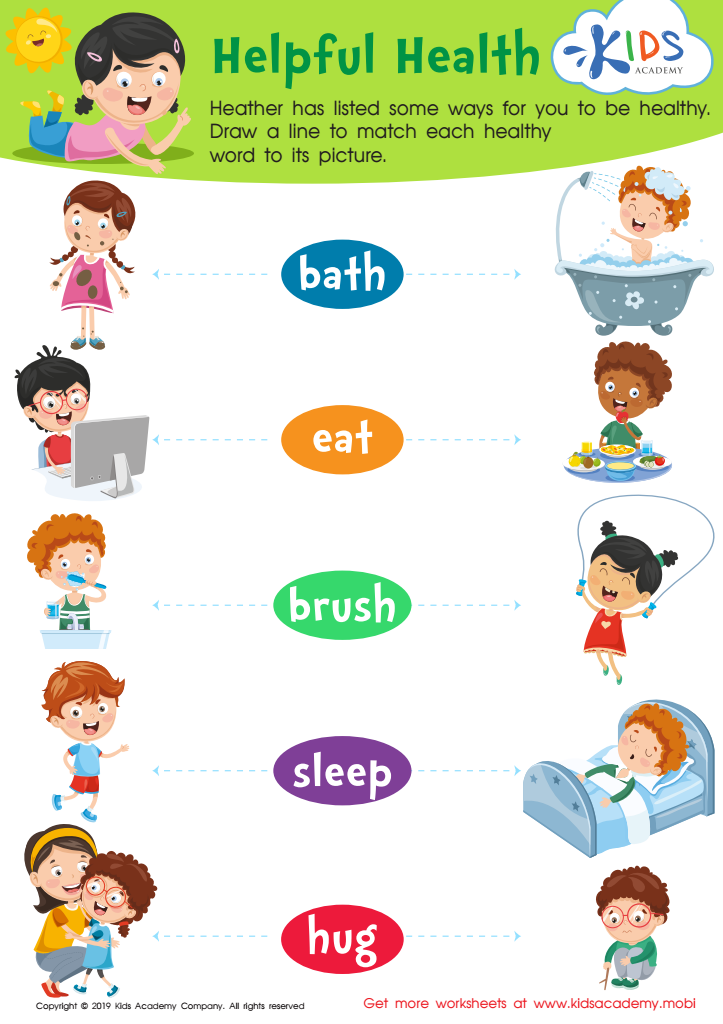

Helpful Health Worksheet
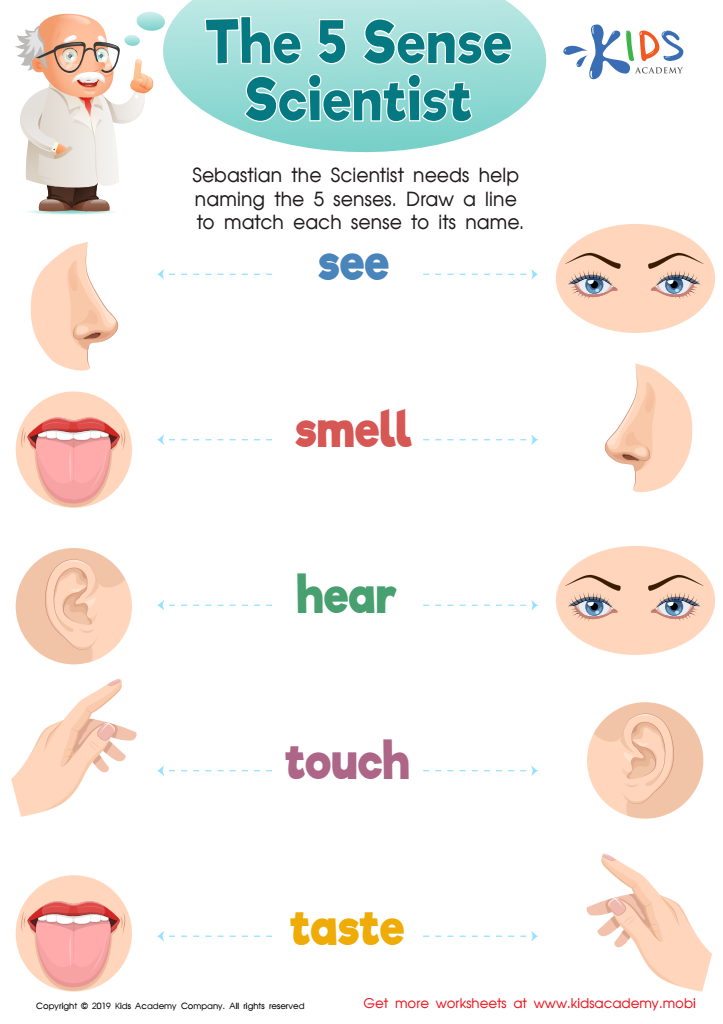

The 5 Sense Scientist Worksheet
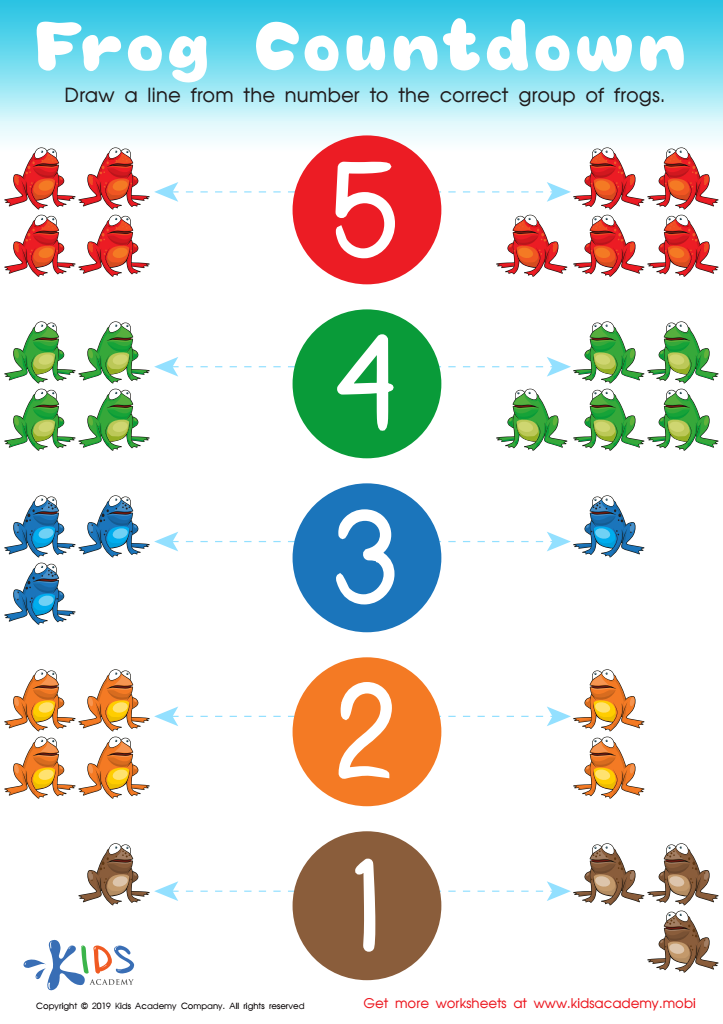

Frog Countdown Worksheet
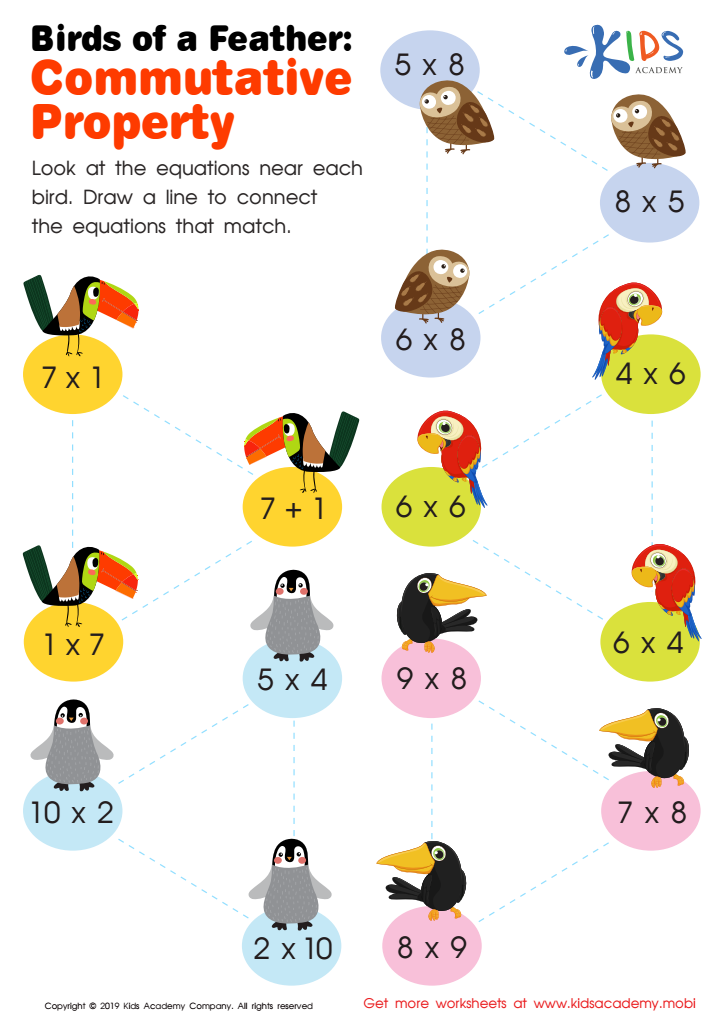

Birds of a Feather: Commutative Property Worksheet
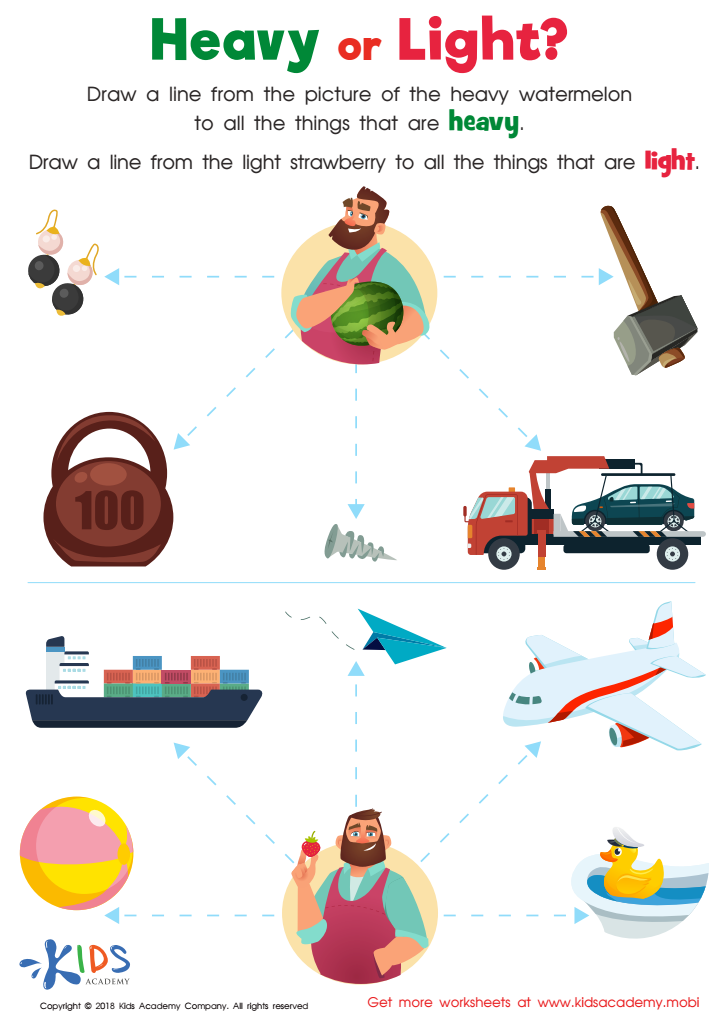

Heavy or Light? Worksheet
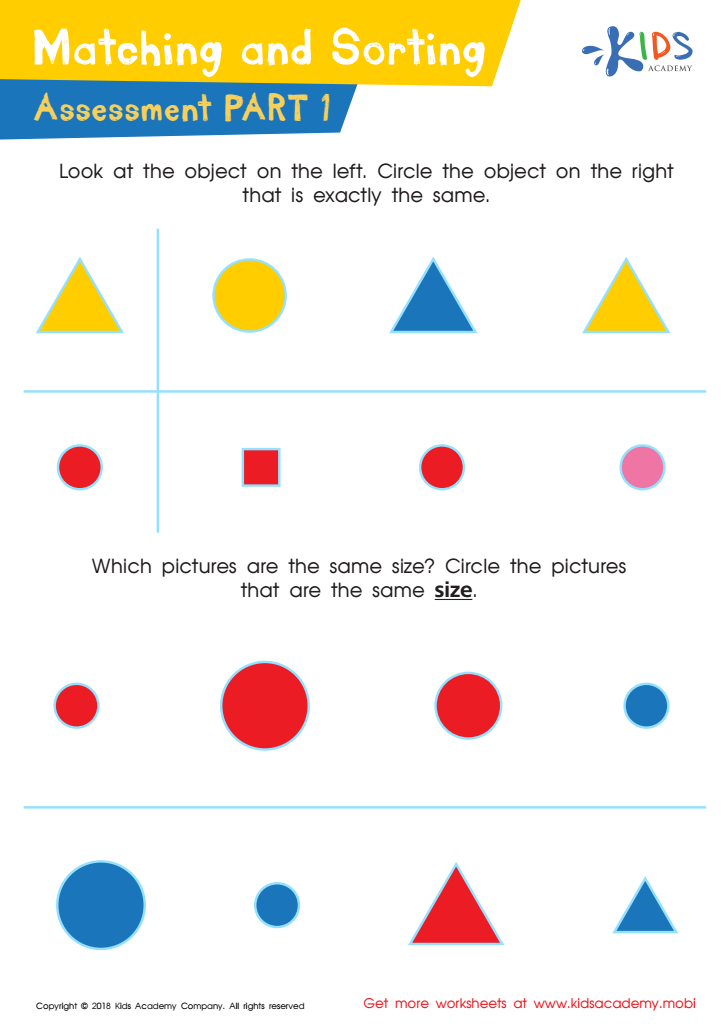

Matching and Sorting for Kindergarten: Assessment 1 Worksheet
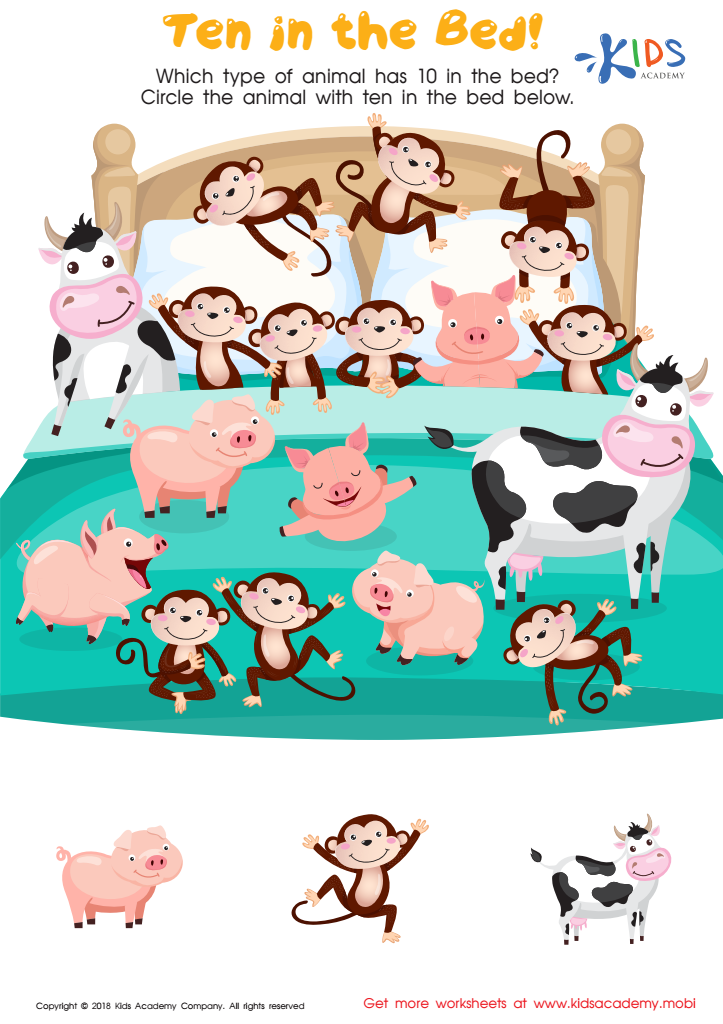

Ten in the Bed Worksheet
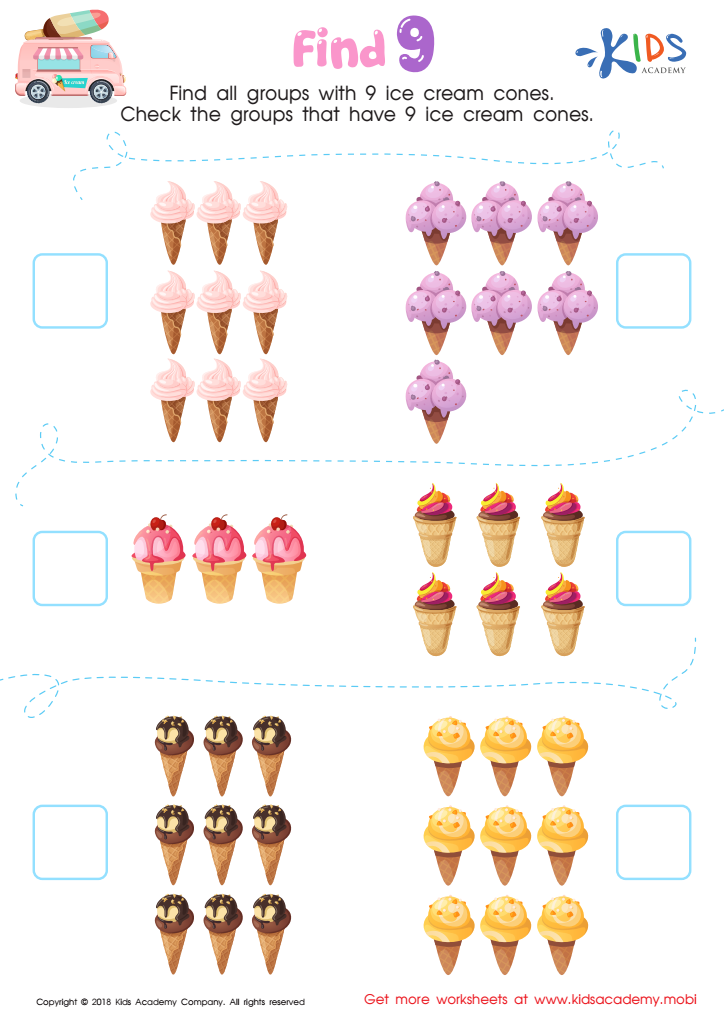

Find 9 Worksheet
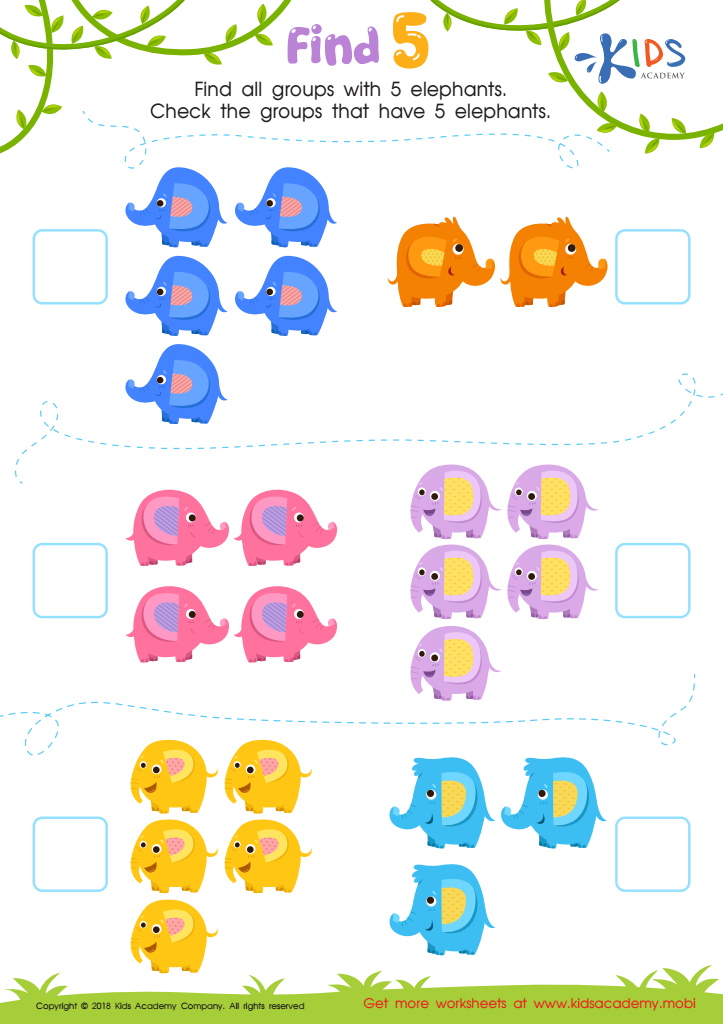

Find 5 Worksheet
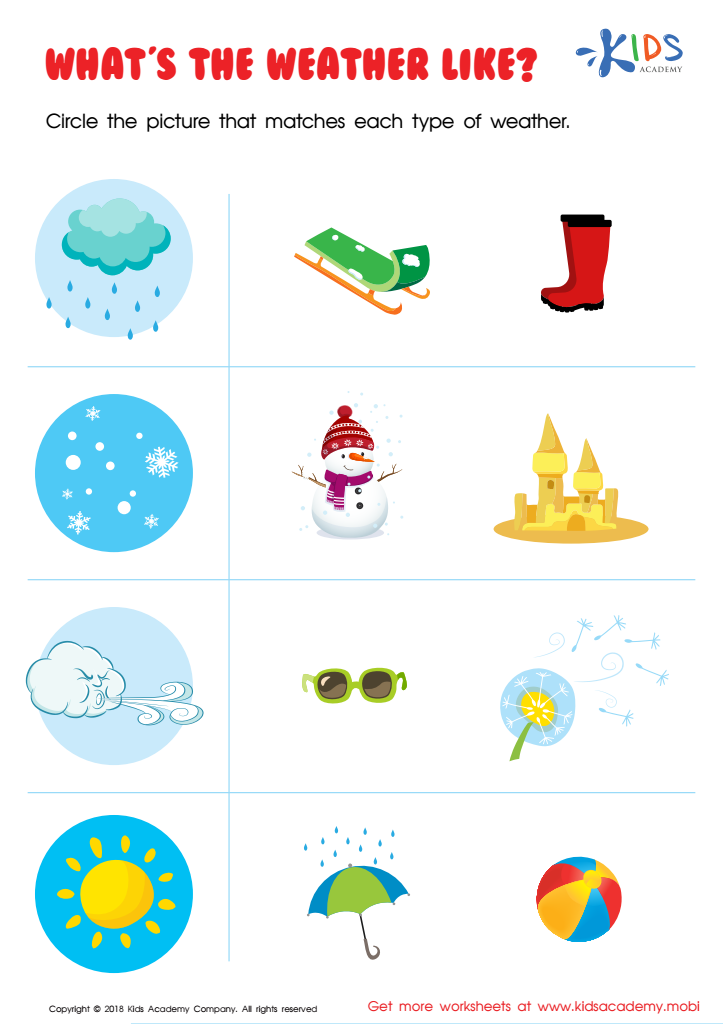

What's the Weather Like? Worksheet
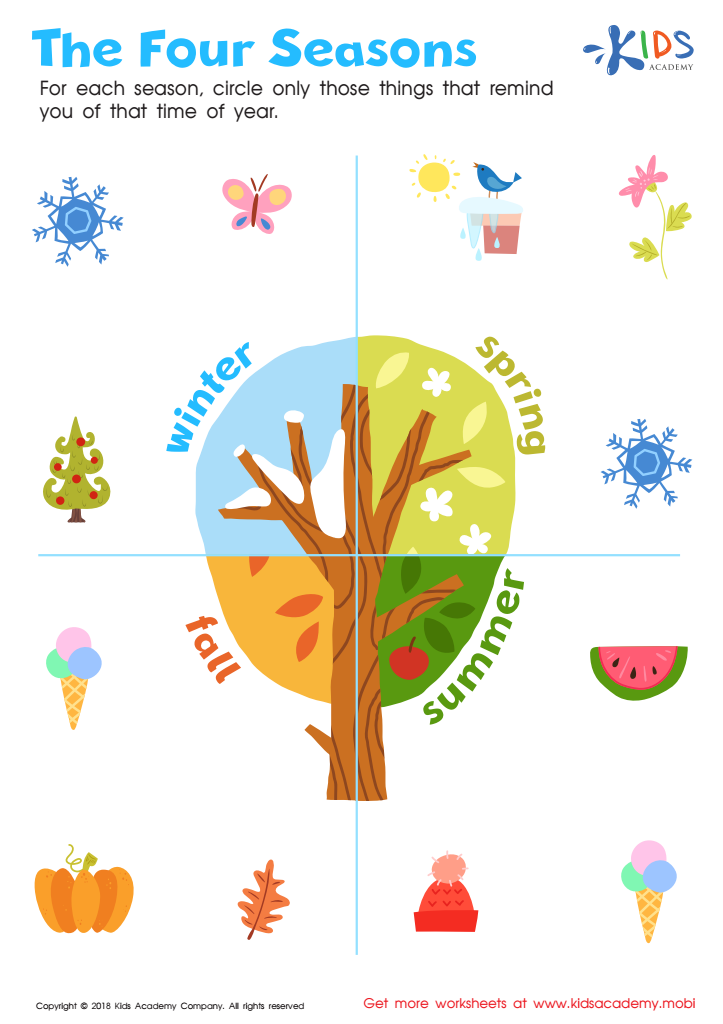

The Four Seasons Worksheet
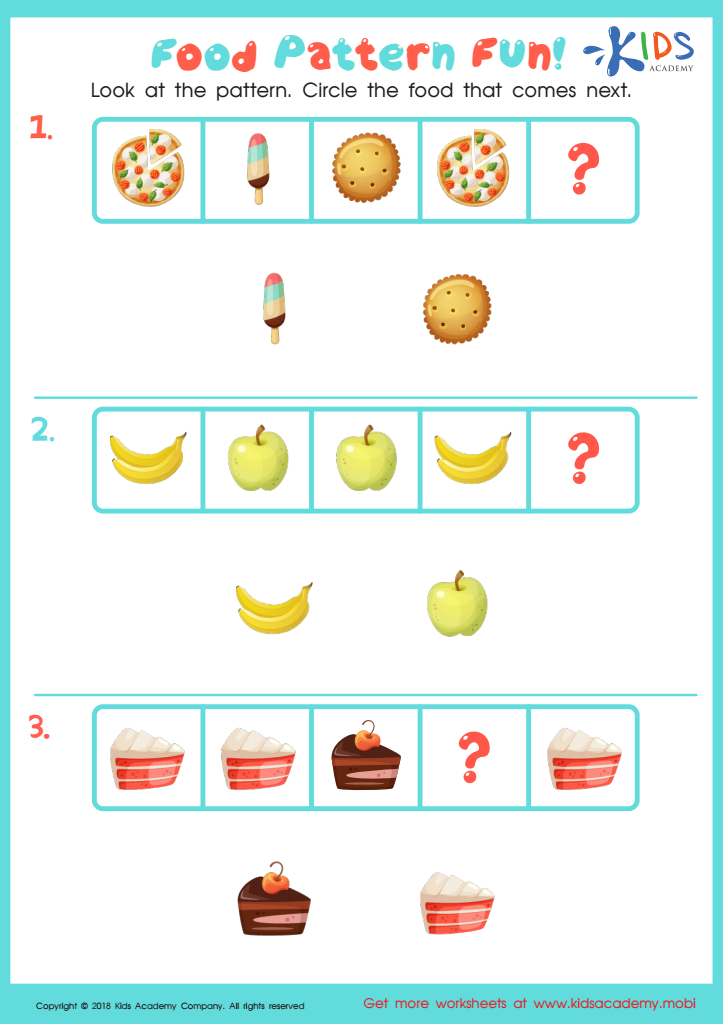

Food Pattern Fun Worksheet
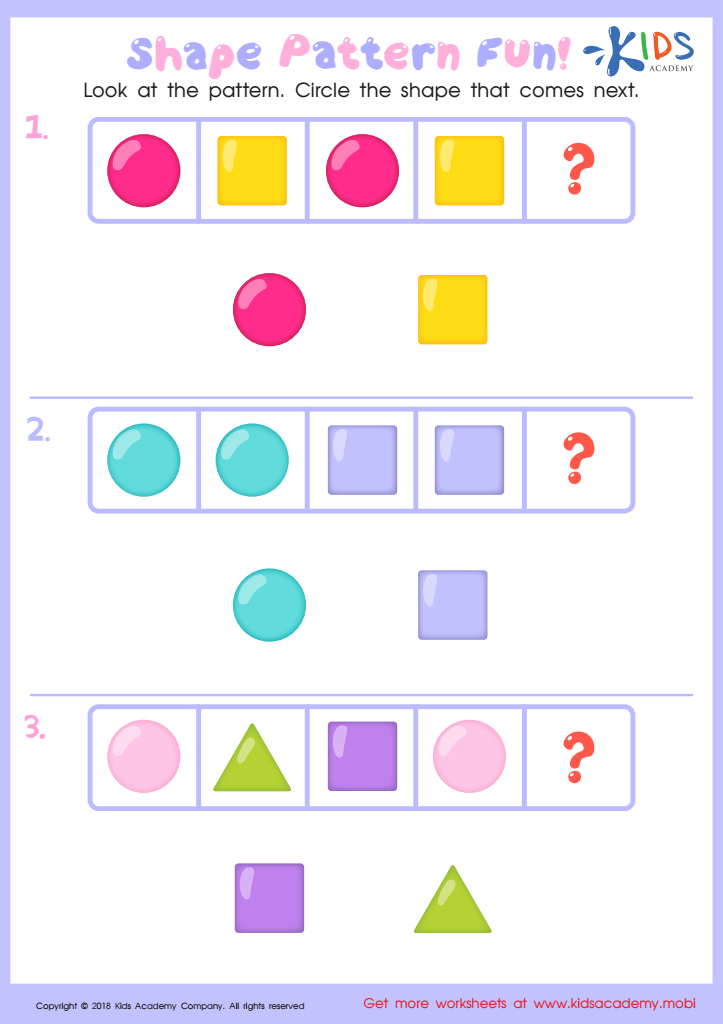

Shape Pattern Fun Worksheet
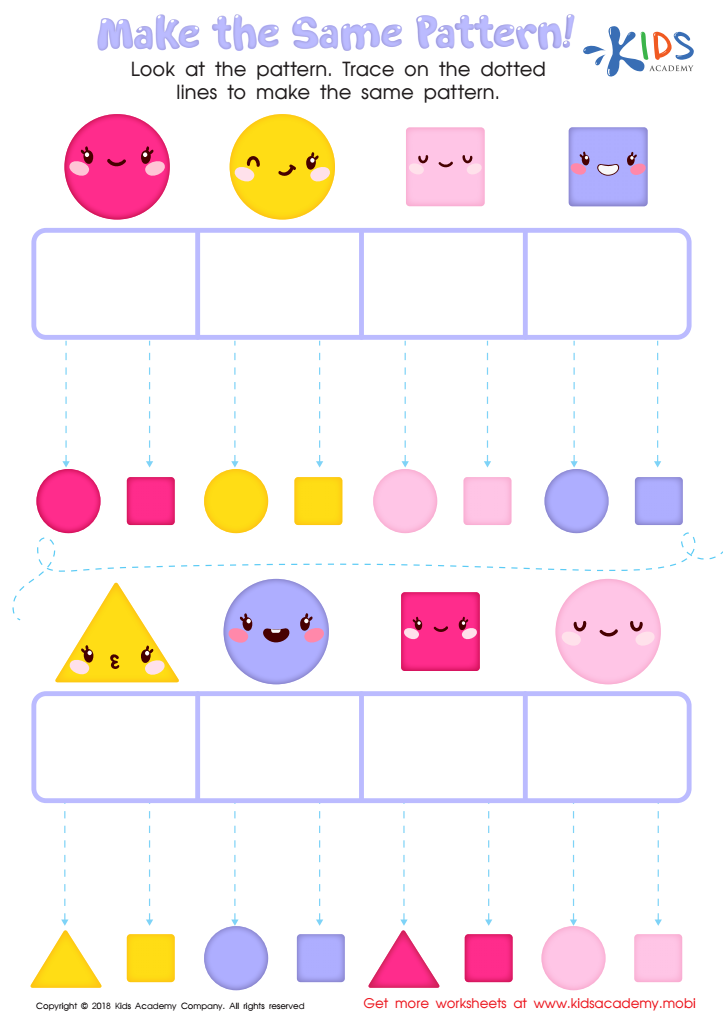

Make the Same Pattern Worksheet
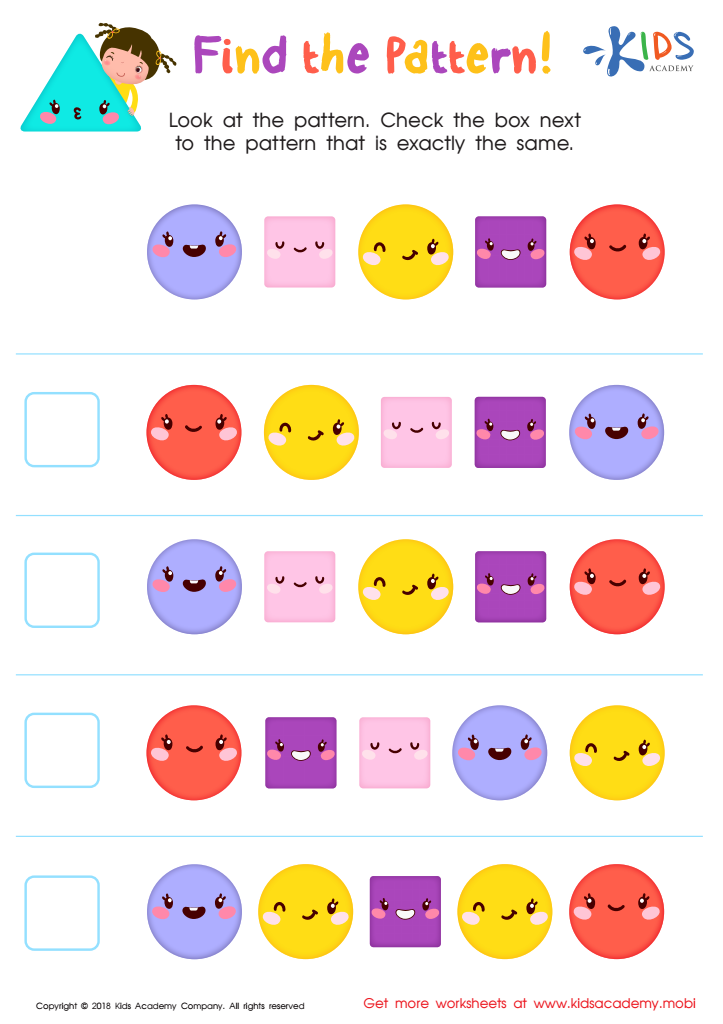

Find the Pattern Worksheet
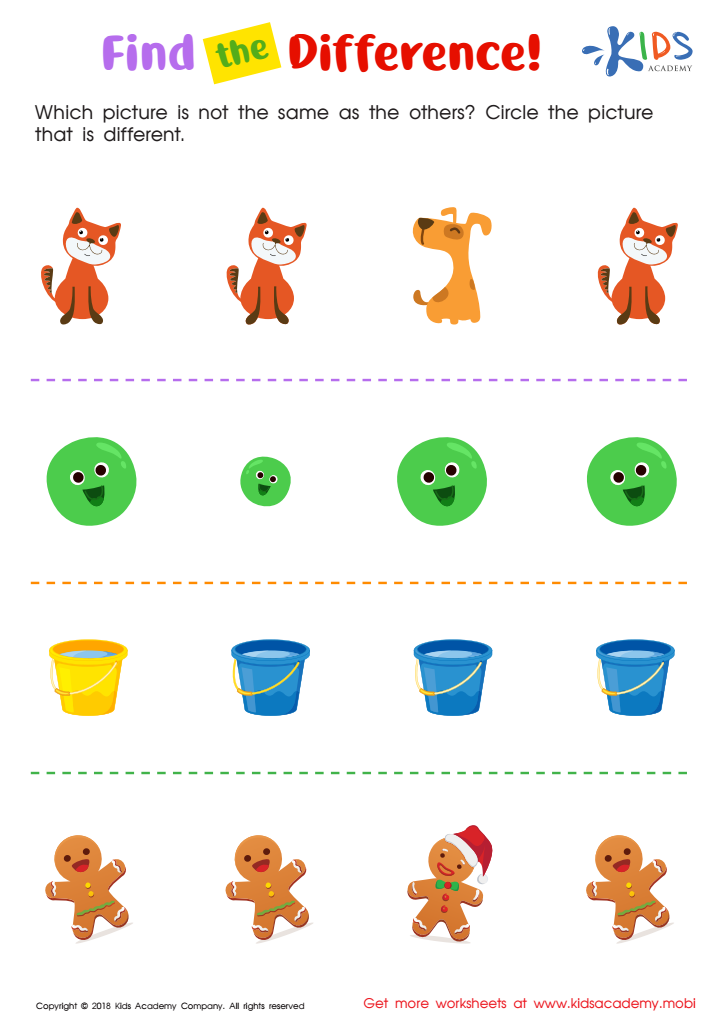

Find the Difference Worksheet
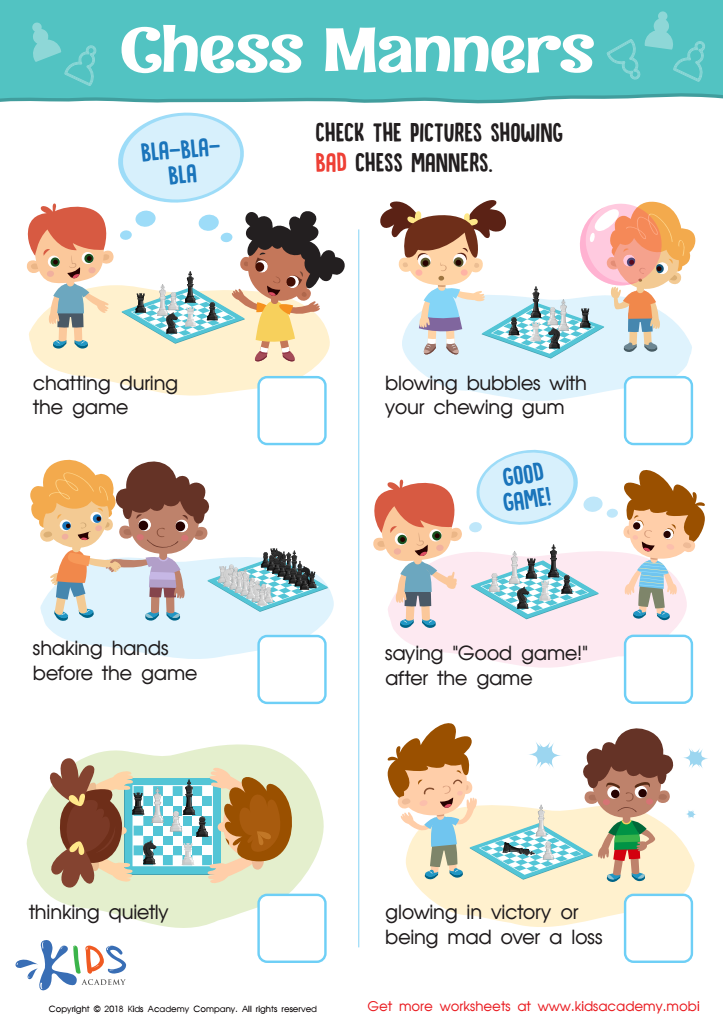

Chess Manners Worksheet
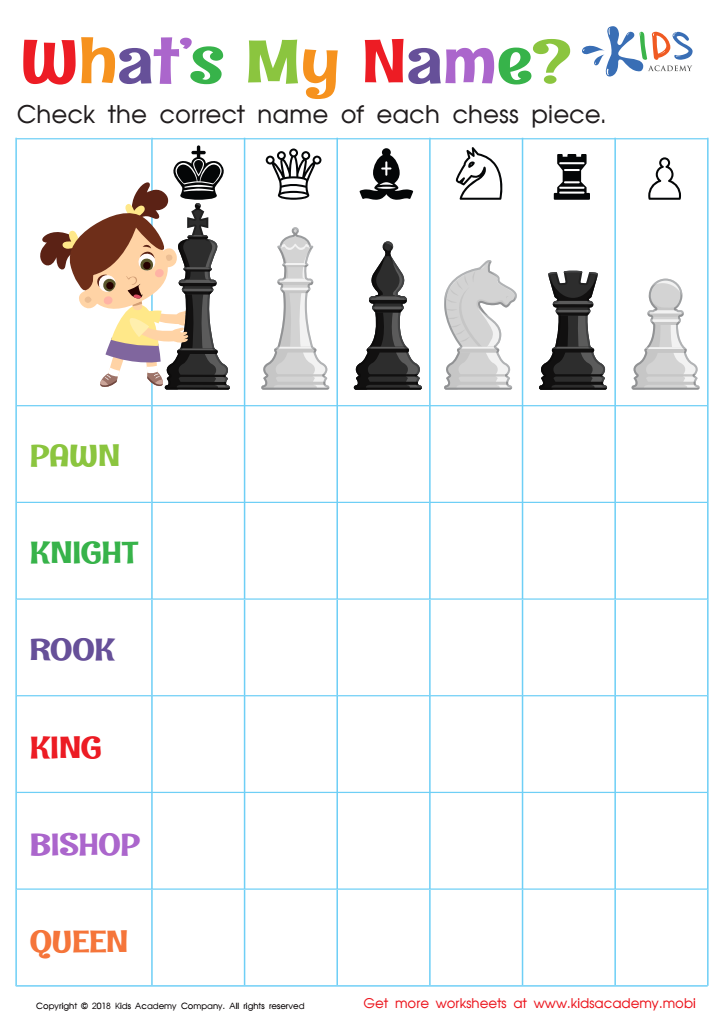

What's My Name? Worksheet
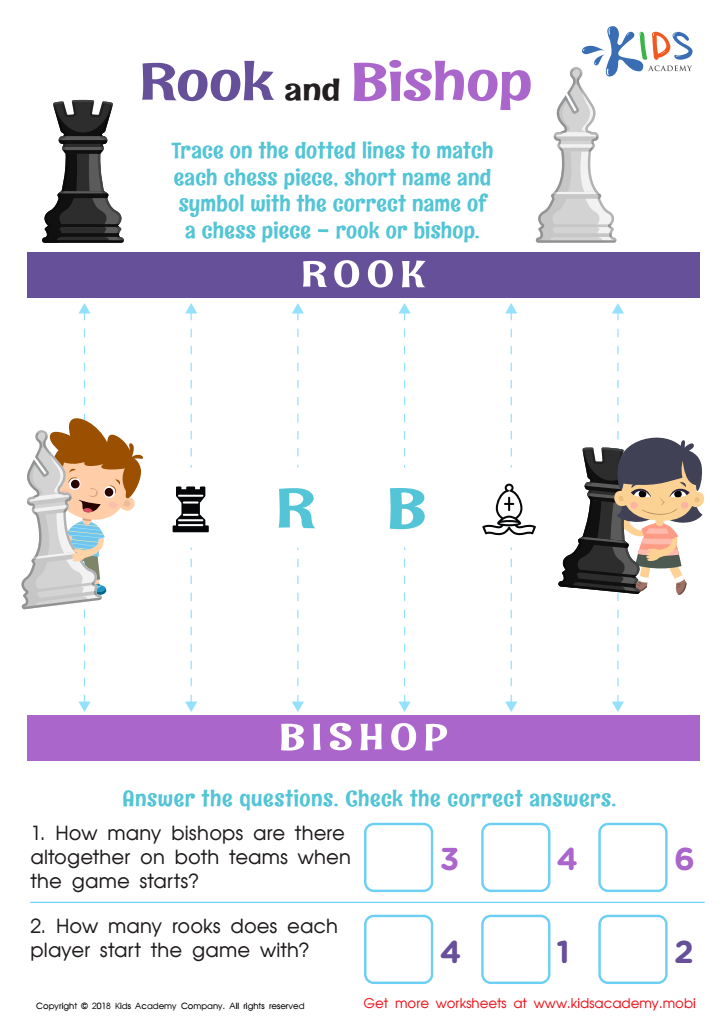

Rook and Bishop Worksheet
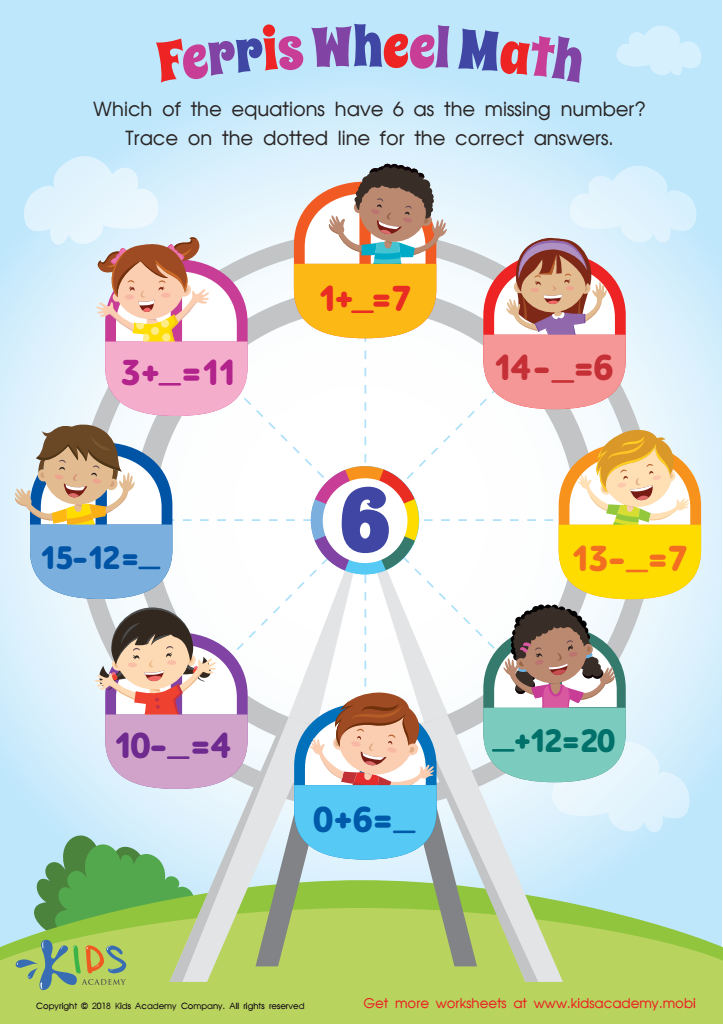

Missing Number: Ferris Wheel Math Worksheet
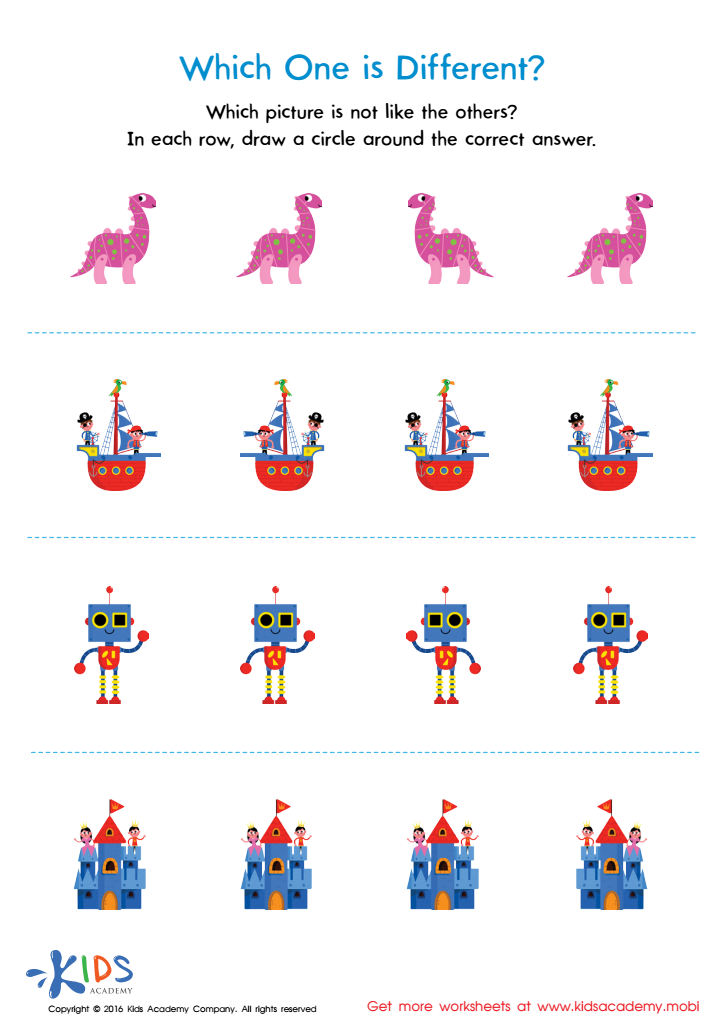

Which One Is Different Worksheet
Normal Matching activities are essential for children aged 5-9 as they lay the foundation for critical cognitive skills. These activities promote the development of important abilities such as pattern recognition, categorization, and comparison. Young learners naturally thrive in environments that encourage exploration and discovery, and Normal Matching tasks provide an interactive way to enhance these skills.
Parents and teachers should care about these activities because they support early mathematics and literacy development. For instance, matching letters or numbers improves recognition abilities, while matching pictures or objects fosters comprehension and vocabulary growth. Additionally, these activities can enhance fine motor skills as children manipulate tokens or cards during play.
Moreover, Normal Matching activities encourage social skills when conducted in group settings, promoting collaboration and communication among peers. Teamwork can cultivate a supportive environment where children learn to express their ideas and respect others' inputs. Lastly, incorporating such activities makes learning fun and engaging, helping to instill a lifelong love for learning in children. By prioritizing Normal Matching exercises, parents and teachers contribute not only to a child’s academic success but also to their holistic development and social emotional well-being.

 Assign to My Students
Assign to My Students

